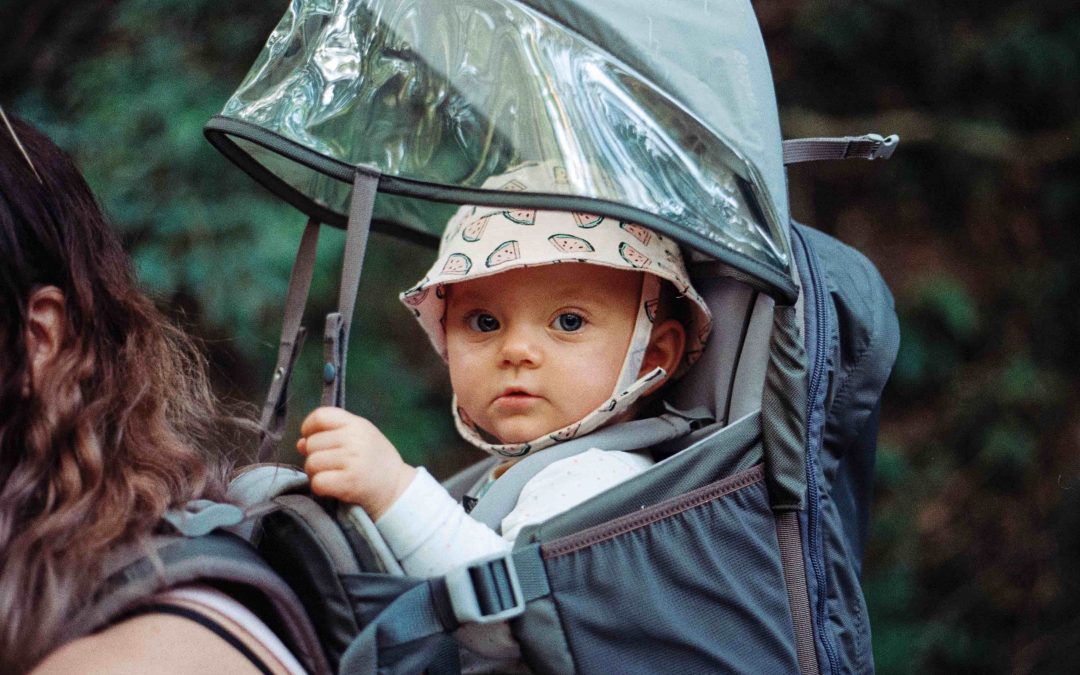This is the second part of a series we have titled “Concepts and Skills of Parenting.” It is adapted from the book Healing Parents: Helping Wounded Children Learn to Trust and Love. To read Part 1 — which provides a look at secure attachment at the start of life — click here.
To develop effective solutions to the problems of children and families, we must first understand the nature of child development. Many of the brightest and most respected people from the fields of psychology, medicine, education and sociology have described the basic ingredients of early childhood development. This is what we know about how children develop, described as six core concepts that forge the foundation necessary to prevent and solve significant problems.
1. Nurturing and dependable relationships are the building blocks of healthy childhood development. Secure attachments develop when parents and caregivers are dependable, available and sensitive to the child’s needs, enabling the child to count on the parent for continued protection, need fulfillment and guidance. Even infants and children fostered or adopted from harsh and neglectful conditions can become securely attached when parents provide sensitive, responsive and consistent care.
2. Human beings are hardwired to connect. All babies are born with the ability to attach, but this “prewired” instinct only can develop in close harmony with a loving and responsive caregiver. Attachment forms within a close, cooperative, reciprocal relationship often seen in the forms of the give-and-take of minds, emotions and biochemistry. For example, as a loving mother holds and nurses her baby, the hormone oxytocin floods both bloodstreams, relaxing the baby and mother and strengthening the bonds between them. Babies with unresponsive or depressed mothers miss out on the emotional and social cues of attachment. As they grow older, they often have more behavioral, social and cognitive problems compared to babies whose caregivers were attuned and responsive to their needs.
3. Attachment changes the brain. The presence or absence of sensitive, nurturing and loving care during life’s early stages not only determines emotional and social development, but also affects the way the brain develops, profoundly including long-term health. The early attachment relationship alters the brain’s structure, chemistry and genetic expression. The brain’s limbic system, which governs how children feel, relate and self-regulate, requires exposure to nurturing and attuned care for healthy growth.
4. Child development is shaped by the interplay of nature and nature — biology and experience. Scientists used to argue about which was more powerful: nature (biology and genes) or nurture (experience and environment). However, they don’t debate these things any longer. It is not nature versus nurture, but nature through nurture. Biology, including genetic tendencies and vulnerabilities may provide the starting point, but it is the child’s relationships with caregivers that shape the house of her growth and development. A safe, positive and loving environment can overcome depression, anxiety and other tendencies. It even can transform these vulnerabilities into strengths.
5. Learning self-regulation is essential for child development and lifelong health. Babies are born helpless and completely dependent on caregivers for survival. Development involves increasing the capacity for self-regulation and self-control, the transition from helplessness to competence, from dependence on others to the ability to manage one’s own emotions and behaviors. The ability to learn self-regulation is deeply rooted in early attachment. Children must have supportive and attuned caregivers to help them develop the ability to regulate emotions, impulses and attention. Failure to develop the ability to self-regulate contributes to the development of conduct disorders, attention deficit disorders, anxiety, depression and other serious problems throughout life.
6. The balance between risk factors and protective factors has a powerful effect on development. Risk factors, such as poverty, family violence and neglectful or abusive parenting, increase the likelihood of serious problems throughout life. Protective factors, including mature and supportive caregivers and social support, buffer children from undue stress and results in resilience — or the ability to bounce back from adversity. Children who start their lives with compromised attachment have the double burden of both biological and environmental risk factors, a family history of severe psychological and biochemical problems and the absence of loving and responsive care. Children do better when protective factors are increased. For example, preschoolers could become securely attached when their high-risk mothers participate in programs that teach them how to be sensitive and responsive. The basic objective of therapeutic parenting is to reduce risk and increase protective factors by providing nurturing, consistent and sensitive care. Children learn to expect support, guidance and understanding.


